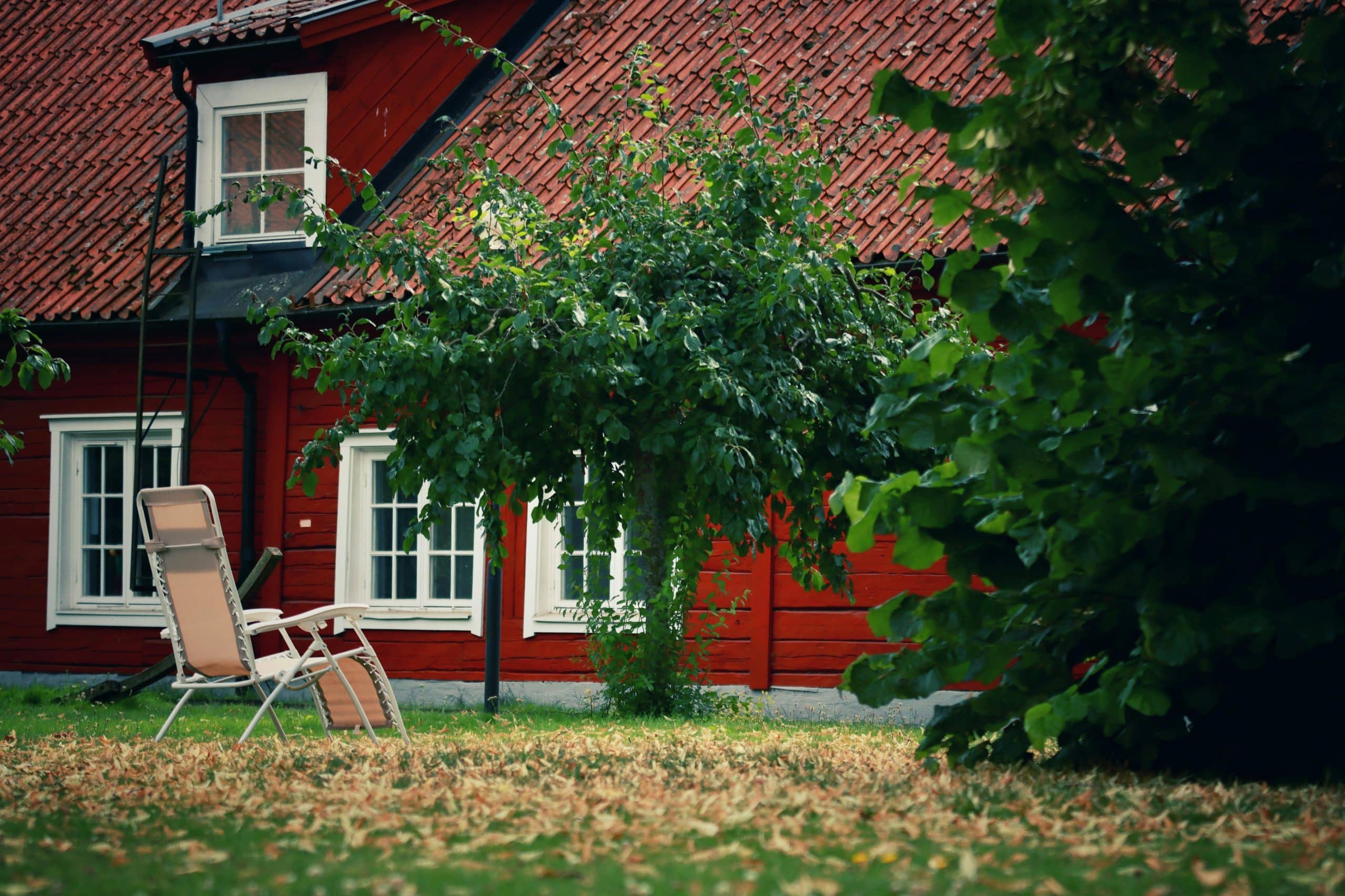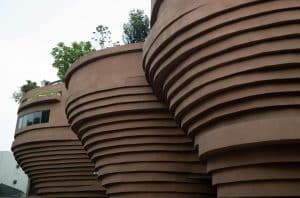Suburban Lifestyle Reimagined: Breaking Traditional Housing Paradigms
The suburbs have long been associated with the traditional American dream – a quiet neighborhood, white picket fences, and a sprawling lawn. However, this picture-perfect view of suburban life is slowly becoming a thing of the past. As our society evolves, so do our housing needs and preferences. The concept of suburban living is being reimagined, with a focus on breaking traditional housing paradigms. In this article, we will explore how the suburban lifestyle is being transformed to better suit the changing demands of modern families.
The Decline of the Traditional Suburban Dream
In the past, suburbs were seen as the ideal place to raise a family. They offered a safe and quiet environment with good schools, affordable homes, and a sense of community. However, over the years, these factors have become less important to homebuyers. The rise in urbanization and the availability of remote work opportunities have made the location less of a determining factor in the home-buying decision.
Moreover, the traditional suburban landscape is changing. The once popular single-family home with a large yard is no longer the only option. The aging population and the rise in single-person households have led to a growing demand for smaller, low-maintenance homes. Homebuyers are also looking for more walkable neighborhoods with access to amenities like restaurants, shops, and parks.
The Rise of Suburban Reimagined Communities
In response to the changing housing needs and preferences, developers are reimagining the concept of suburban living. They are creating mixed-use communities that combine residential, commercial, and recreational spaces. These communities offer diverse housing options, including townhomes, apartments, and single-family homes, to cater to a range of lifestyles and household sizes.
In suburban reimagined communities, the traditional car-centric design is being replaced with a more pedestrian-friendly layout. Walking paths, bike trails, and public transportation options are becoming more prevalent, promoting a healthier and more eco-friendly way of living. By incorporating retail, dining, and entertainment options within the community, residents can reduce their reliance on cars and enjoy a more convenient and connected lifestyle.
Breaking Traditional Housing Paradigms
Smaller Homes
One of the most significant changes in suburban reimagined communities is the trend towards smaller homes. These homes are designed to be more compact and efficient, utilizing every inch of space. The smaller size also means a smaller price tag, making homes in these communities more affordable for first-time homebuyers.
Smaller homes also come with lower maintenance and utility costs, making it easier for homeowners to manage their finances. This allows them to allocate more of their budget towards experiences and other priorities, rather than being tied down by a large mortgage.
Multigenerational Living
A key aspect of the suburban reimagined trend is the focus on multigenerational living. As families become more diverse, with grandparents, adult children, or extended family members living together, there is a greater need for homes that can accommodate multiple generations. Suburban reimagined communities offer options like in-law suites, separate apartments, or shared communal spaces to cater to these living arrangements.
Sustainable Living
Suburban reimagined communities are leading the way in promoting sustainable living. With a focus on compact design and efficient use of space, these communities use fewer resources, reduce waste, and leave a smaller carbon footprint. From energy-efficient appliances and solar panels to green spaces and community gardens, these communities are designed to promote a more sustainable lifestyle.
The Future of Suburban Living
The rise of suburban reimagined communities is just the beginning. As our society continues to evolve, we will see more innovative approaches to suburban living. The traditional suburban dream may no longer be the norm, but the new options available offer a more diverse and fulfilling lifestyle. This trend also has the potential to revitalize existing suburban neighborhoods and bring them up to speed with the changing needs of homeowners.
In conclusion, the suburban lifestyle is being redefined and transformed. Breaking traditional housing paradigms is creating new and exciting options for homebuyers, providing a more sustainable, connected, and inclusive way of living. As we continue to reimagine the suburbs, we can expect to see even more innovative and progressive approaches to housing in the future.









